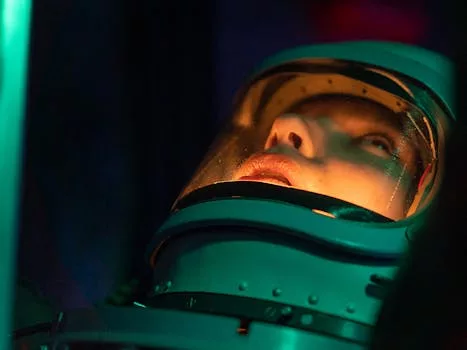
“
From Stardust to Dreams: Imagining Life Beyond the Stars
Introduction to the Wonders of Space
From Stardust to Dreams: Imagining Life Beyond the Stars is a journey through the cosmos, exploring the mysteries of the universe and the possibilities of life beyond the stars. The universe has always been a source of fascination and inspiration for humans, with its vast expanse of stars, planets, and galaxies. The dream of exploring and understanding the universe has driven scientists and space agencies to push the boundaries of space travel and discovery.
The universe is made up of billions of galaxies, each containing billions of stars. These stars are the birthplaces of planets, and potentially, life. The discovery of exoplanets, planets that orbit stars other than the Sun, has opened up new possibilities for the search for life beyond Earth. With the help of telescopes and space missions, scientists have been able to study the conditions on these exoplanets and determine their potential for supporting life.
Understanding Stardust and Its Role in the Universe
Stardust, the material that makes up stars and planets, is the building block of the universe. It is composed of elements such as carbon, oxygen, and iron, which are created in the hearts of stars through nuclear reactions. When stars die, they explode as supernovae, scattering their stardust into space. This stardust can then be incorporated into new stars, planets, and galaxies, creating a cosmic cycle of birth, death, and rebirth.
The study of stardust and its properties has helped scientists to better understand the formation and evolution of the universe. By analyzing the composition of stardust, scientists can learn about the history of the universe and the conditions that existed billions of years ago. This knowledge has also helped to shed light on the possibility of life existing elsewhere in the universe.
Dreams of Life Beyond the Stars
The possibility of life existing beyond the stars has long been a topic of fascination and debate. With the discovery of exoplanets and the study of stardust, scientists have been able to gain a better understanding of the conditions necessary for life to exist. While there is currently no definitive evidence of extraterrestrial life, the possibility of life existing elsewhere in the universe is considered to be quite high.
The search for life beyond the stars is an ongoing effort, with scientists using a variety of methods to search for signs of life. These methods include studying the atmospheres of exoplanets for signs of gases that could be produced by living organisms, searching for radio signals from advanced civilizations, and exploring the surface of Mars and other celestial bodies for evidence of past or present life. For more insights into the imaginative possibilities of space, check out Beyond Stars: Where Imagination Takes Flight.
Takeaways
- The universe is vast and complex, with billions of galaxies and stars.
- Stardust is the building block of the universe, composed of elements created in the hearts of stars.
- The study of stardust and exoplanets has helped scientists to better understand the formation and evolution of the universe.
- The possibility of life existing beyond the stars is considered to be quite high, with scientists using a variety of methods to search for signs of life.




